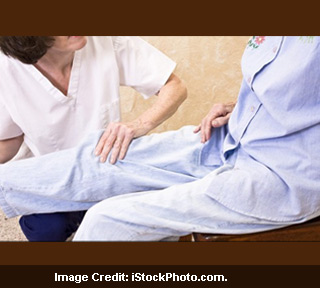
Stability problems can be understood by a physical therapist (PT) undertaking a multi-factorial evaluation. It appears that PT evaluation comprising examination of strength, balance, flexibility and mobility as well as specific balance tests restricts falls and injury. PTs may also care for medical risk factors like medication, incontinence and impaired vision. Those worried about falling can adopt an evaluation with a PT or primary care physician, basic strength exercises and activity.
Inactivity apparently leads to weakness and fear of falling, so remaining active can be considered as the key to prevent falls. Activity programs for older adults at local hospitals can be undertaken along with a program known as ‘Matter of Balance’ that is designed for persons who have fallen or are afraid of falling. Kari Dunning, PhD, physical therapist and University of Cincinnati rehabilitation sciences assistant professor, and colleagues assume that simply remaining active can avoid risk of falling among older adults.
